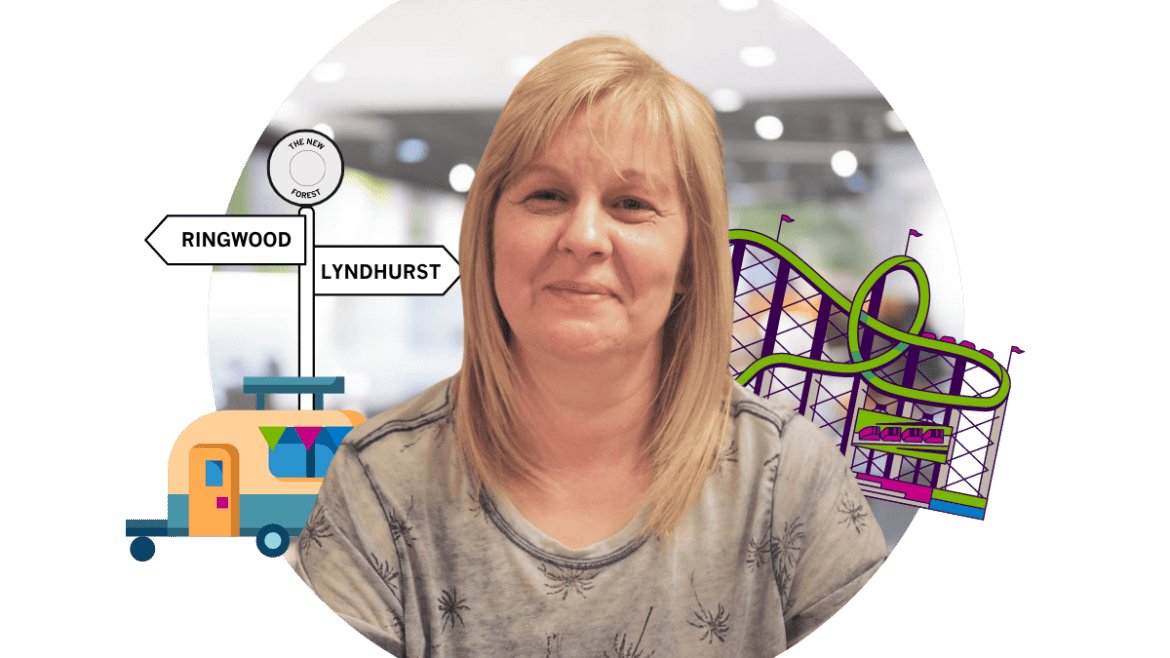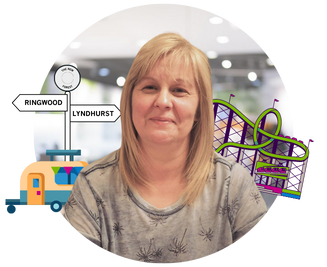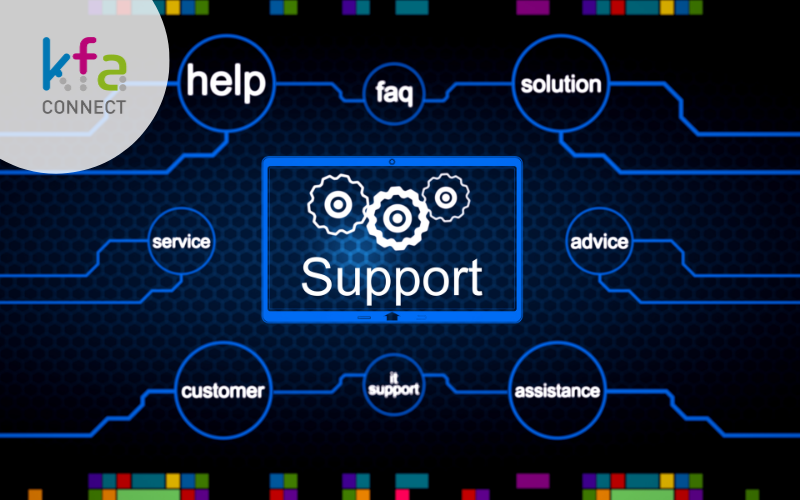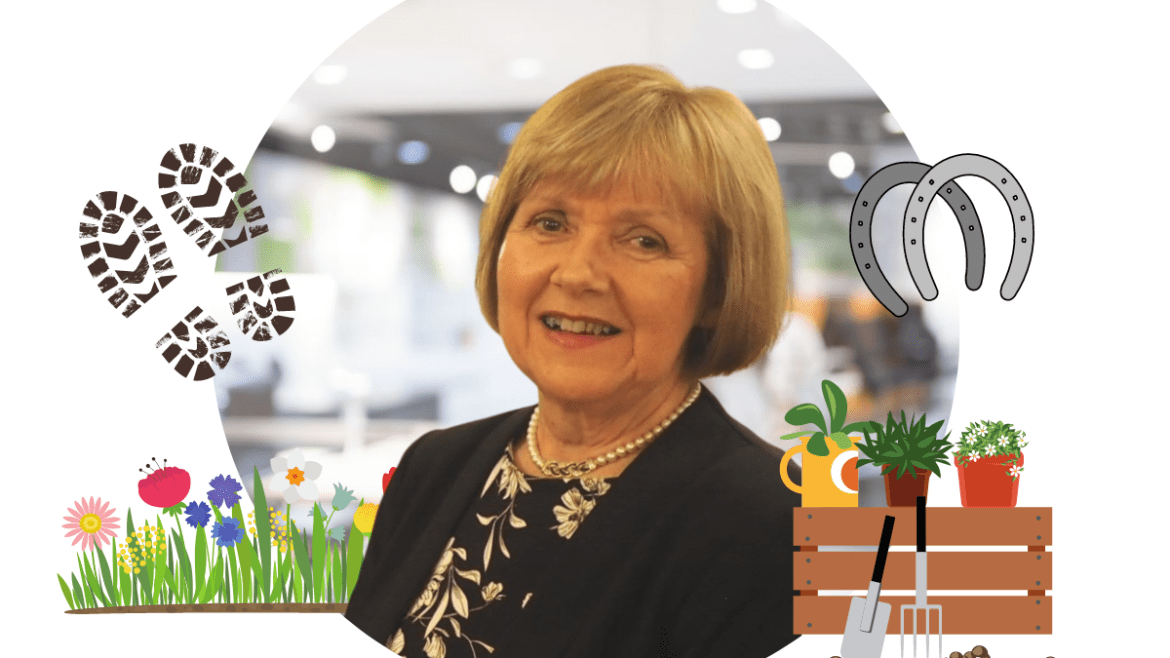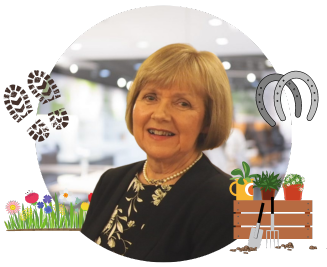Happy Birthday IBM i
Happy 35th Birthday
Happy Birthday, IBM i! 🎉🎂
Today, we celebrate the remarkable journey of an iconic technology that has shaped the world of computing. For over five decades, the IBM i platform has been a beacon of innovation, reliability, and adaptability. It has played a pivotal role in driving businesses forward, empowering countless organisations with its robust capabilities.
On this special day, let us reflect on the profound impact that IBM i has had on the industry. From its early beginnings as the AS/400 to its evolution into the modern IBM i, this platform has continuously evolved to meet the ever-changing demands of the digital era. It has proven itself to be a trusted companion to businesses across diverse sectors, providing a stable foundation for their operations.
We acknowledge the dedicated community of professionals, developers, and enthusiasts who have contributed to the growth and success of IBM i. Your passion, expertise, and unwavering support have fueled the continuous improvement of this remarkable platform.
As we celebrate this milestone, let us also embrace the exciting future that lies ahead for IBM i. With its exceptional reliability, security, and scalability, we can be confident that IBM i will continue to be an integral part of the technological landscape for years to come.
Happy Birthday, IBM i!
Thank you for revolutionising the way we do business and inspiring generations of innovators.
Here’s to many more years of success, progress, and endless possibilities. 🚀✨
At KFA we have a team with a deep knowledge and understanding of the IBM i and provide outstanding support for our customers. We offer flexible support terms to meet any customer needs.
For information about how we can help your business, get in touch with our team today.



